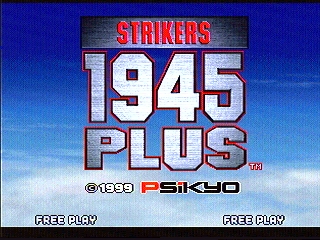
-->
Just some thoughts on adventure game (Tales of Monkey Island Episode 1) controls, actions and hint systems.
Adventure games make my head explode from time to time, most of the time because there as so many possible ways to go, and usually only one way to solve a specific puzzle. I like hint systems that are not thrown in my face. How can the game designer help the player on hirs path to completion? The branching dialogue system can work as a hint-system when the “extracurricular dialogue options” (as in not relevant for completing the game) disappears from the choice menu in conversations already had, while those deemed important can be re-chosen. This is a way of pointing out the direction for the game’s puzzles, but also to remind people of what to actually accomplish. As a reminder it would seem unnecessary in a game as short as the first episode of Tales of Monkey Island.
This type of hint mechanic but applied to “cleared” areas is something I would like to see in other adventure games, where you for example cannot travel to areas which has nothing of importance left to explore, or hints divided into categories pertaining to the meaning of “got all items”, “got all dialogue”, etc. Non-linear games and puzzle solving make this type of hint system difficult to execute though. But if the game in itself is non-linear, why only make puzzles with one specific solution to it? Make more! Reward different ways of thinking!
Another way of lessening the possible options for a player in an adventure game designer is to simply not highlight them, even if the items requiring pixel hunting often are just as important as the others! At least you as a player know that if you can pick up an item, it is to be used within the game—except for when the item picked up is a red herring! But why are we left with some items after having used them, while other disappear? In Tales of Monkey Island this could be used for continuity effects—that we bring the items with us to the second part—but in other games I fail to see the reason most of the time. The items you have with you until the end could have thematic purposes and tell us something about the character or the nature of something, or it could simply be for funsies such as the gown in Hitchhikers Guide To The Galaxy, but most of the time it’s just seems random. Sometimes a specific puzzle in the end-game would be to easy to solve if you as a player had not at least some options to think through, of course.
One thing Tell-Tale Games have been doing with their adventure games is changing the traditional control system, mainly taking away most of the verbs/directives and replacing them with “interact”, situated on the left mouse button. This is in order to not scare away potential customers (casual gamers) I reckon, but it is interesting nonetheless and once again relates to management of the number of possible actions. Does this decision of removing the nuances of the interact-schematics make for an easier game? Definitely. Does it make for a better game? Depends, I guess. We have ask ourselves: how many actions that lead to nothing at all do we want in a puzzle game? What are the consequences of different approaches to this? How do these approaches stimulate imagination and lateral thinking?
A quick note on general controls: The “camera angle” differs from earlier Monkey Island games (especially those made in 2D) probably because Telltale wanted a more dynamic and movie-like camera, which often lets you in closer onto the action even during gameplay, but fails giving you an overview of the environment and thus the different options available. The game makes me feel trapped in a way, in its own prototypical treasure hunting/stereotypical characterization and the lens through which we as players perceive the world. The claustrophobic feeling is not helped by the fact that the most intuitive controls (the mouse) are horrible, or very smart (probably just horrible though). Tales of Monkey Island
And by the three headed monkey of monkeys, I just NOW realized that the second episode is out! :O
















